Nvidia, VMware partner to offer virtualized GPUs
By MYBRANDBOOK
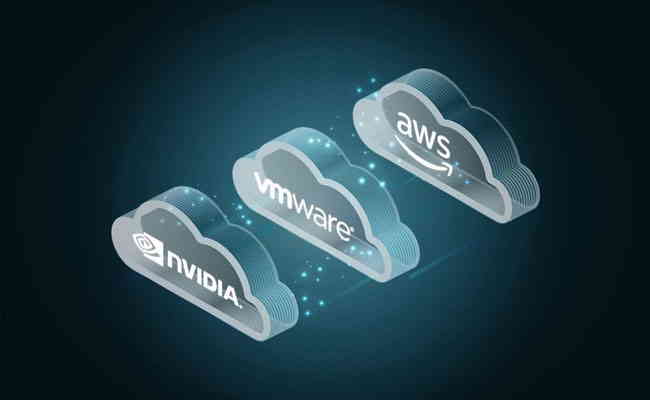
Nvidia and VMwareannounced a new software product that lets customers virtualize GPUs, either on premise or as part of VMware Cloud on AWS. With this the companies can offer it's the first hybrid cloud that lets enterprises use GPUs to accelerate AI, machine learning or deep learning workloads.
A virtual graphics processing unit (GPU)is a computer processor that renders graphics on a virtual machine's (VM's) host server rather than on a physical endpoint device and the vGPU technology enables every virtual machine (VM) to get GPU performance just like a physical desktop. Work that was previously done by the CPU is now offloaded to the GPU, providing users with a better experience.
As the machine learning and AI are being an increasingly indispensable part of modern computing, they have spearheaded their effort to be a prominent force in the server business forging partnerships with multiple tech companies. "In a modern data center, organizations are going to be using GPUs to power AI, deep learning, analytics," John Fanelli, VP of product management for Nvidia, said. "And due to the scale of those types of workloads, they're going to be doing some processing on premise in data centers, some processing in clouds and continually iterating between them."
The new offering starts with the enterprise data center product - Nvidia's new Virtual Compute Server (vComputeServer) software. It's optimized for VMware's vSphere and will be available from all major OEMs, including Cisco, Dell, HPE, Lenovo and Supermicro.
"We're now able to bring AI to the data center in a way that data center IT admins run and design their data centers - namely, in a virtualized environment," Fanelli said.
vComputeServer provides support for Rapids, and it supports containers. Additionally, it supports GPU sharing, as well as GPU aggregation by a single user for larger jobs.
The technology will be licensed on a per-GPU basis. Virtualization typically results in less than a 5 percent performance impact, Fanelli said, though it will depend on the workload. It's a trade-off, he said, that customers should be willing to make for the benefits of virtualization such as manageability and flexibility.
Key Highlights of vComputeServer :
GPU Performance: Up to 50x faster deep learning training than CPU-only, similar performance to running GPU on bare metal.
Advanced compute: Error-correcting code and dynamic page retirement prevent against data corruption for high-accuracy workloads.
Live migration: GPU-enabled virtual machines can be migrated with minimal disruption or downtime.
Increased security: Enterprises can extend security benefits of server virtualization to GPU clusters.
Multi-tenant isolation: Workloads can be isolated to securely support multiple users on a single infrastructure.
Management and monitoring: Admins can use the same hypervisor virtualization tools to manage GPU servers, with visibility at the host, virtual machine and app level.
Broad Range of Supported GPUs: vComputeServer is supported on NVIDIA T4 or V100 GPUs, as well as Quadro RTX 8000 and 6000 GPUs, and prior generations of Pascal-architecture P40, P100 and P60 GPUs.
Meanwhile, VMware is planning on making this vComputeServer available on VMware Cloud on AWS, which (as the name suggests) runs VMware's SDDC on the Amazon Web Services cloud. VMware Cloud on AWS allows customers to run any application across public, private or hybrid cloud environments. The service is optimized to run on dedicated, bare metal AWS infrastructure.


Madhya Pradesh Launches GCC Policy 2025 to Boost Global Capabi
The MP GCC Policy 2025 will serve as a milestone in advancing Prime Ministe...

OpenAI Board Unanimously Declines Musk-Led Group's $97.4 Billi
The OpenAI board has unanimously rejected a whopping $97.4 billion from a...
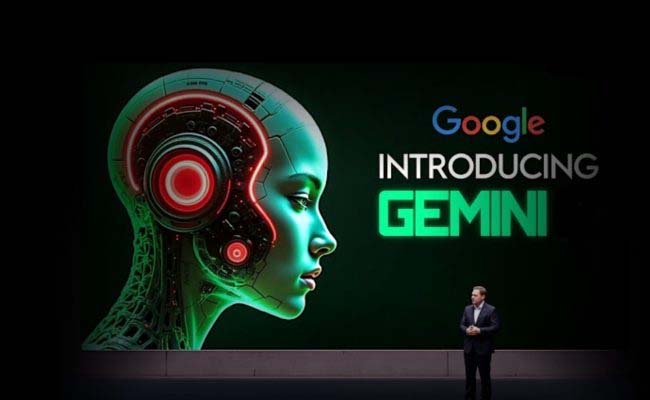
Google Gemini AI Introduces Powerful New Recall Feature for En
This update brings Gemini closer to OpenAI’s ChatGPT, which has similar m...

Apple rolls out iOS 18.3.1 critical patch to shield iPhones fr
Just a week after releasing the major iOS 18.3 update, Apple has now issu...

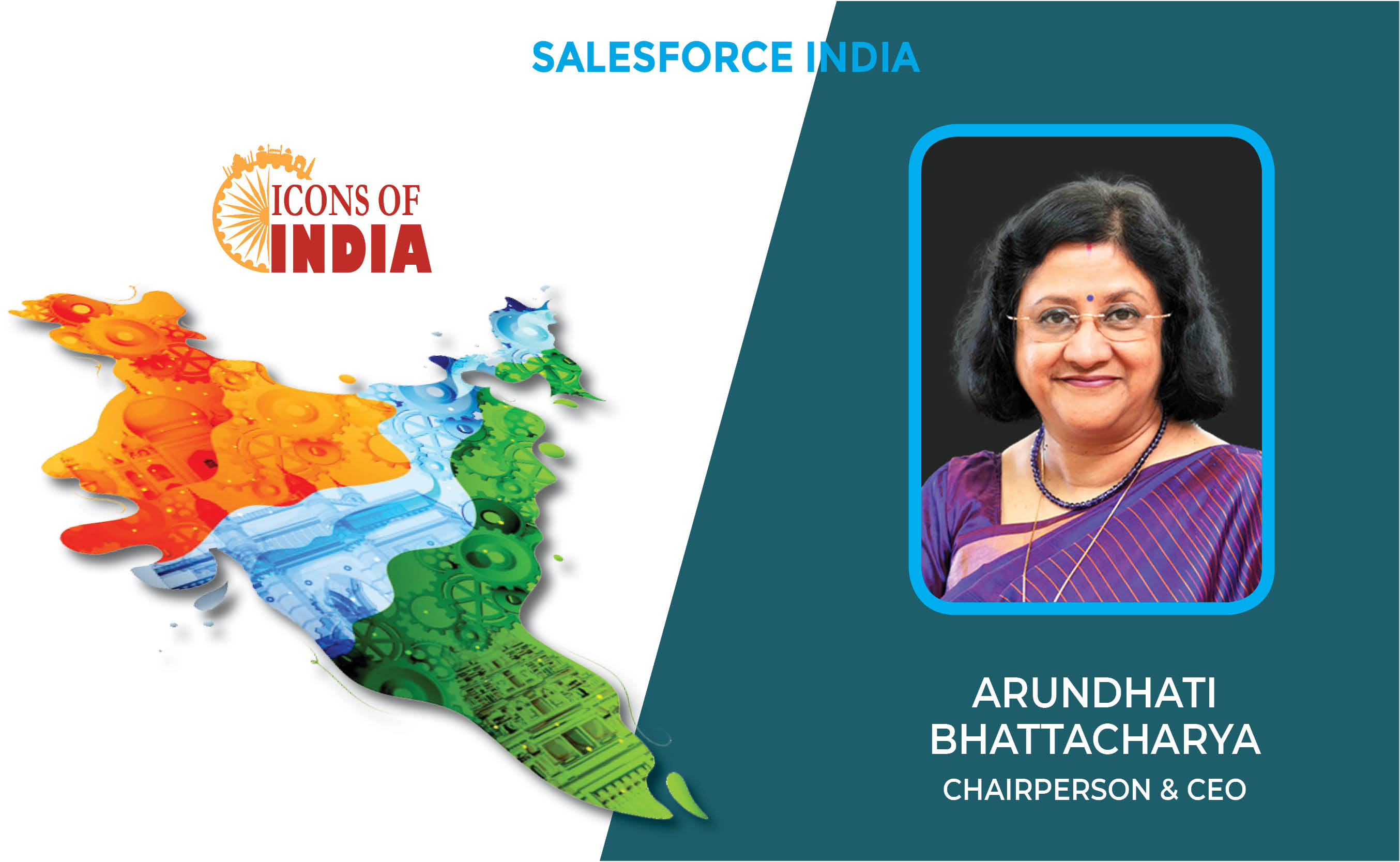
Icons Of India : Arundhati Bhattacharya
Arundhati Bhattacharya serves as the Chairperson and CEO of Salesforce...
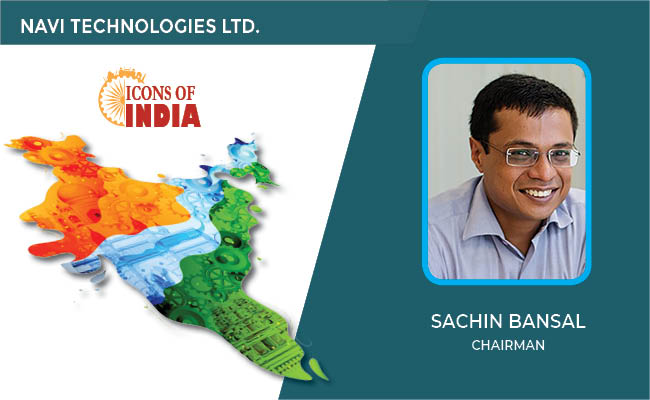
ICONS OF INDIA : SACHIN BANSAL
Sachin Bansal is an Indian entrepreneur. He is best known as the found...

ICONS OF INDIA : VIJAY SHEKHAR SHARMA
Vijay Shekhar Sharma is an Indian technology entrepreneur and multimil...


GSTN - Goods and Services Tax Network
GSTN provides shared IT infrastructure and service to both central and...

STPI - Software Technology Parks of India
STPI promotes and facilitates the growth of the IT and ITES industry i...
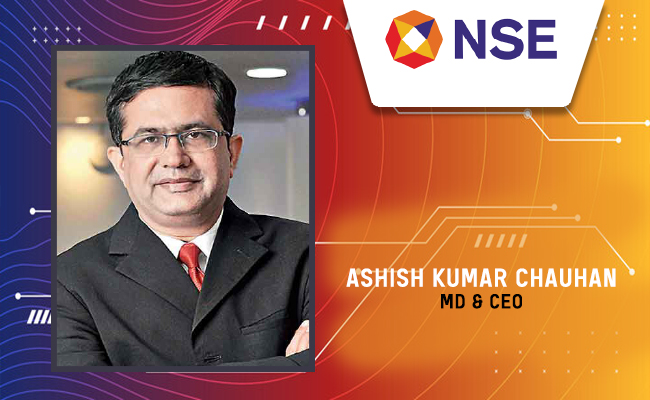
NSE - National Stock Exchange
NSE is the leading stock exchange in India....


Indian Tech Talent Excelling The Tech World - Vinod Dham, Founder & Executive Managing Partner, IndoUS Venture Partners
Vinod Dham, known as the “Father of the Pentium Chip,” has left an...

Indian Tech Talent Excelling The Tech World - NIKESH ARORA, Chairman CEO - Palo Alto Networks
Nikesh Arora, the Chairman and CEO of Palo Alto Networks, is steering ...
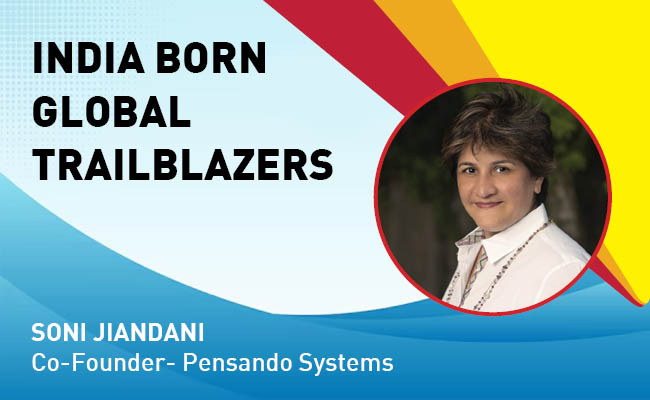
Indian Tech Talent Excelling The Tech World - Soni Jiandani, Co-Founder- Pensando Systems
Soni Jiandani, Co-Founder of Pensando Systems, is a tech visionary ren...
 of images belongs to the respective copyright holders
of images belongs to the respective copyright holders